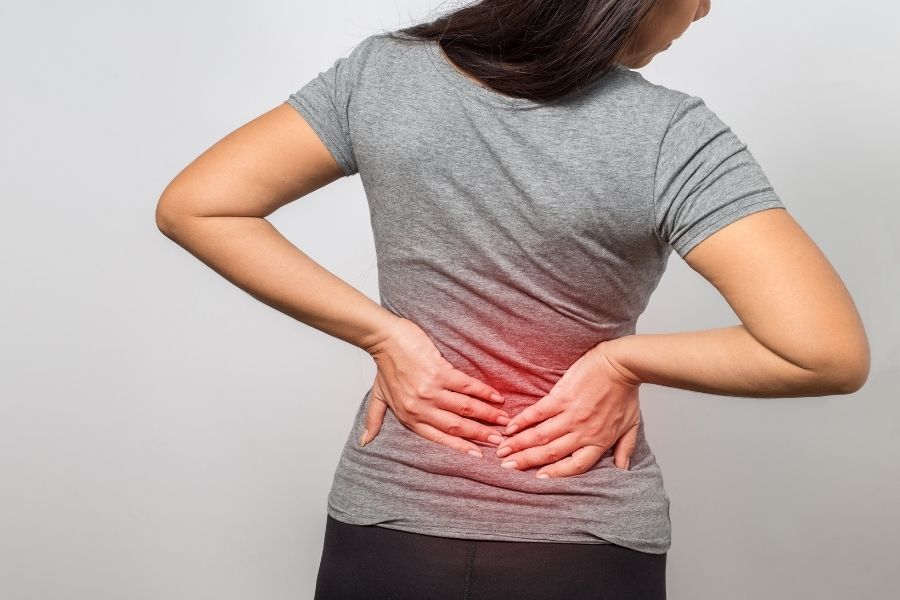
Backache is one of the most common pain disorders. It can be caused by strains or sprains involving the muscles and ligaments at the back area. It can also involve injury to the backbone and nerve.
Symptoms of backache:
- Back muscle pain
- Difficult to do certain movements that requires your back muscles– for example, you may find it difficult or painful to bend over to pick things up
Backache can be classified according to how long the symptoms last:
- Acute backache: symptoms last for less than 4 weeks
- Subacute backache: symptoms last for 4-12 weeks
- Chronic backache: symptoms last for more than 12 weeks
What you can do
Stay active
- Studies have shown that people with lower back pain recover faster when they remain active. Movement helps to relieve muscle pain and prevents the muscles from becoming weaker.
Applying heat
- Using a heat pack may help with lower back pain
Continuing to work
- If your job does not required long periods of standing or sitting, lifting heavy objects or twisting, you should continue to work. However, if your job does not allow you to sit or stand comfortably, then you might need to consider staying at home to rest.
- If you have to stand for a long time at work, step on a block of wood with one foot to reduce the load on your back. Switch with the other foot every now and then.
You can prevent backache by
- Maintaining a good body posture at all times
- Keeping a healthy weight
- Lifting heavy objects in a proper manner. Avoid bending your waist while lifting
- Changing the design of your work station and arranging it to make it more comfortable to work in order to reduce back strain.
- Exercising regularly. Proper exercise can help to strengthen and increase the flexibility of your back muscles as well as help to increase bone density. Swimming, brisk walking and cycling are good examples of exercises for people who have back pain.
- Quitting smoking.
- Avoid sitting or standing in the same position for a long period of time.
- Sleep on a firm mattress. It helps to protect the curve of the spine. Try to sleep on your side with your knees bent and place a pillow between your knees. If you prefer to lie on your back, place a pillow under your knees.
When to see a doctor
You should see a doctor
- If your pain does not go away, even when lying down
- If your legs feel weak or you have problems with your bladder, bowel or sexual function
- If you have back pain that comes with unexplained fever or weight loss
- If you have a history of cancer, a weakened immune system, osteoporosis, or have used steroids (e.g, prednisolone) for a long period of time
- If your back pain is a result of falling or an accident, especially if you are older than 50 years
- If your back pain spreads to your leg, especially if it is comes with weakness of the leg
- If your back pain does not improve within four weeks
Updated in Nov 2018
This article does not take the place of talking to your doctor or pharmacist. People with special health needs such as babies, children below 12 year old, elderly and pregnant ladies should see a doctor instead of self-treatment. Always read the instructions and warnings on the package before taking any medicine.
.png)



















































